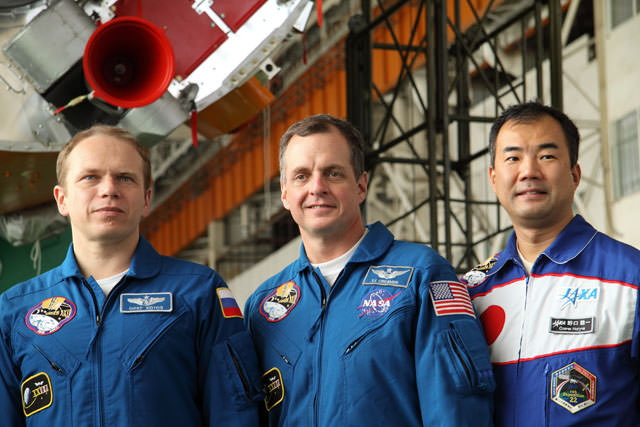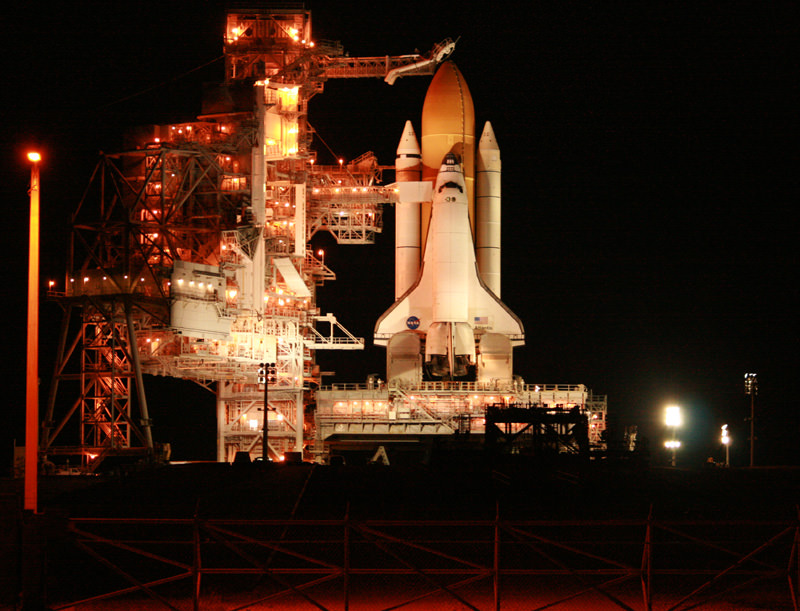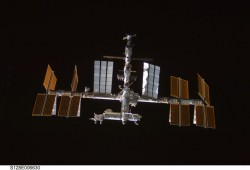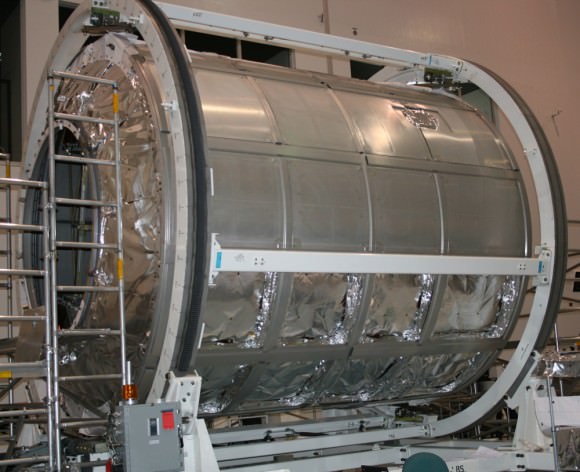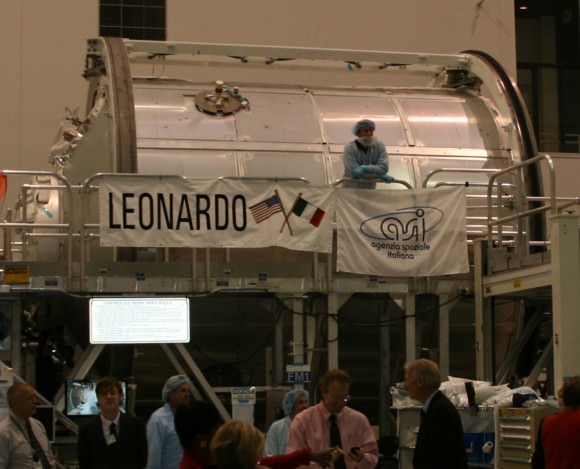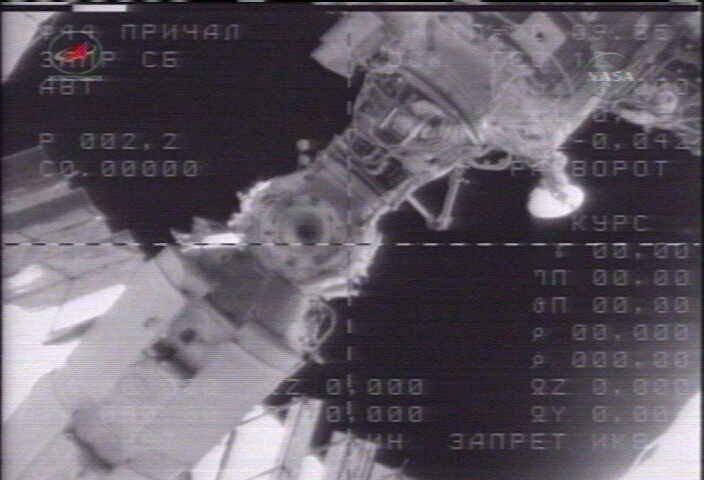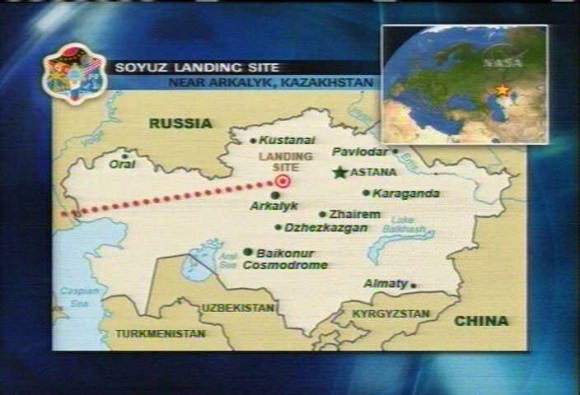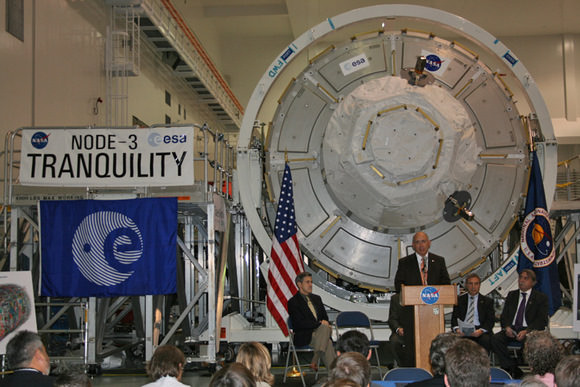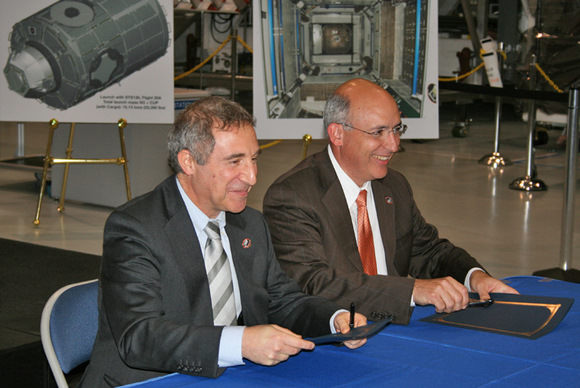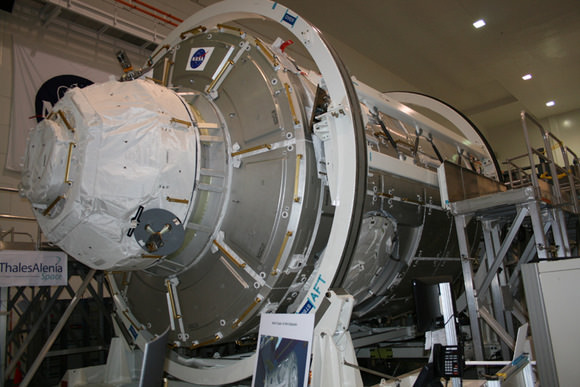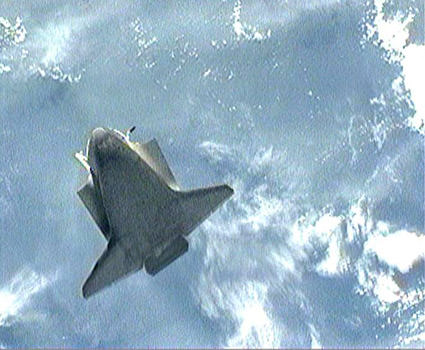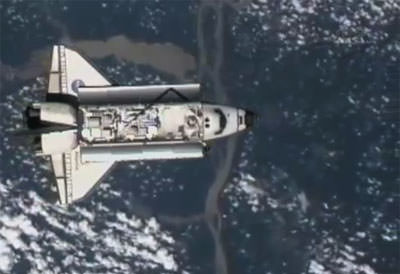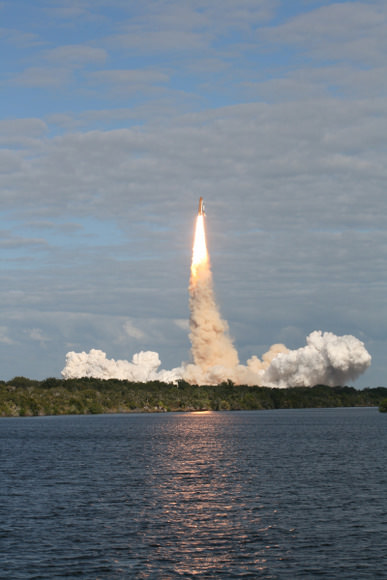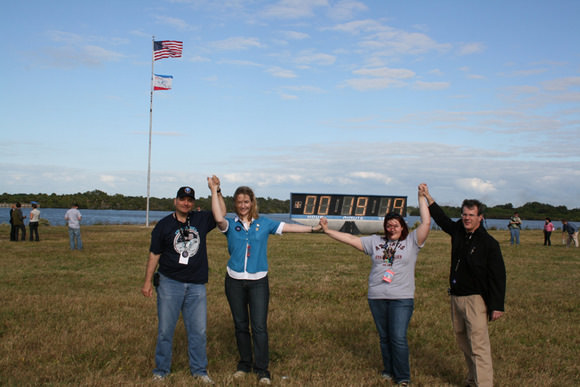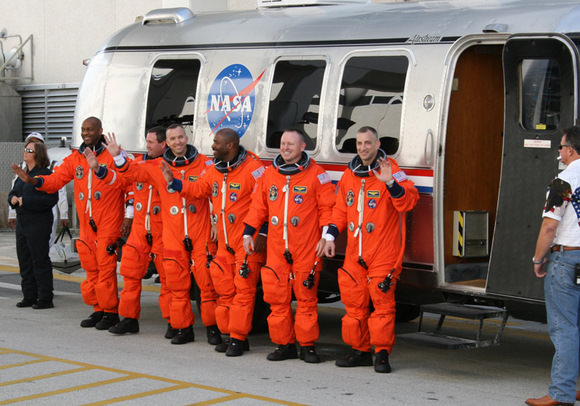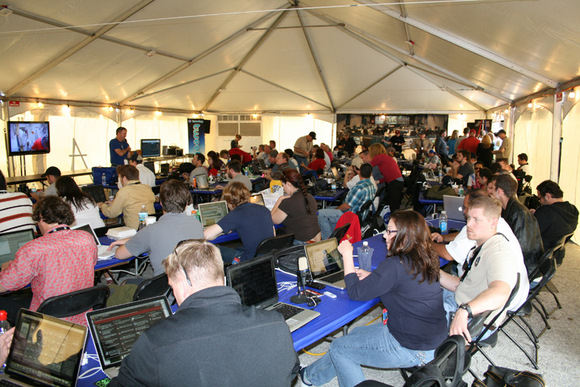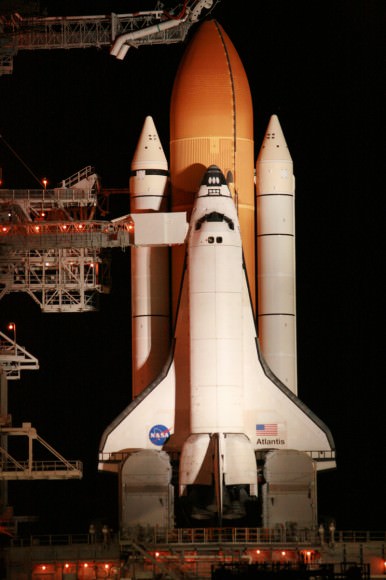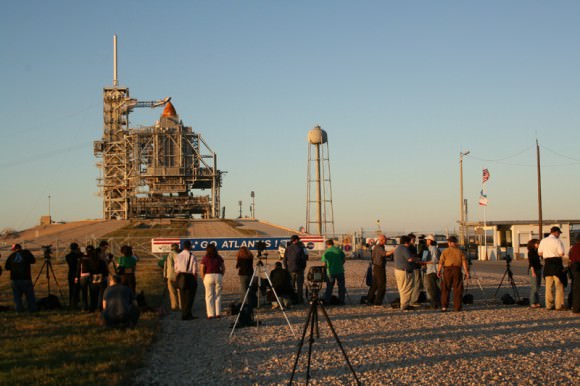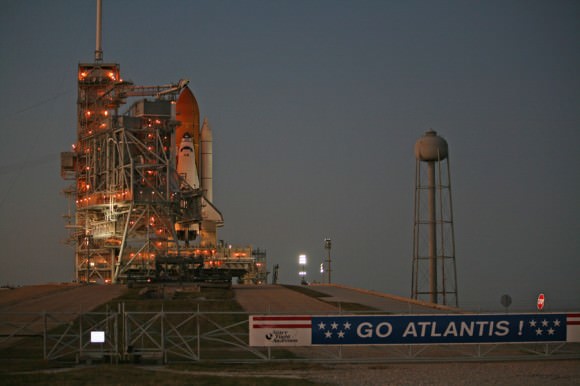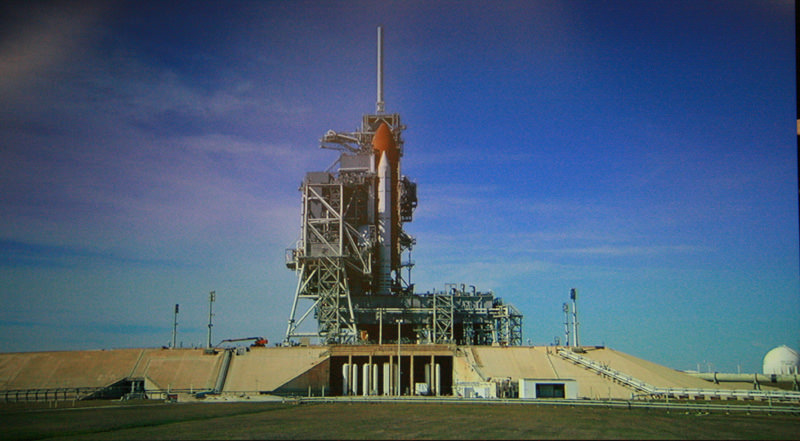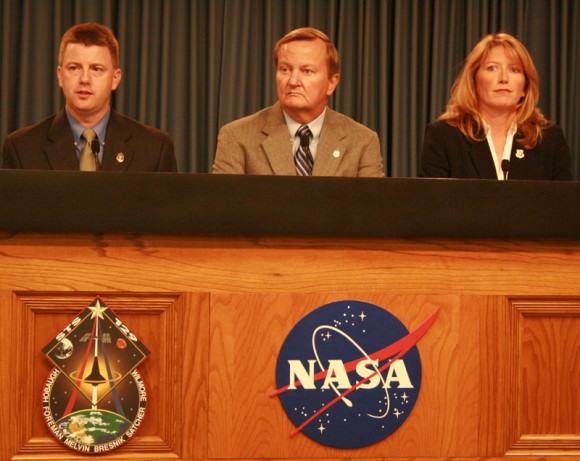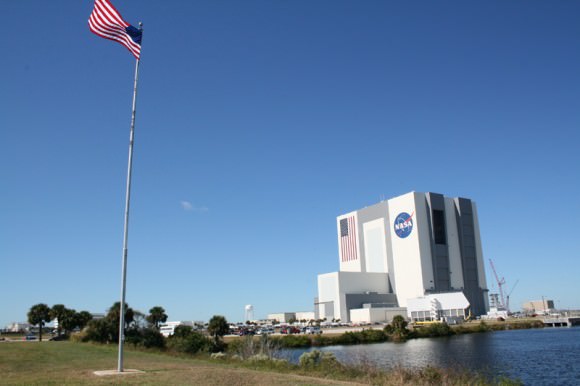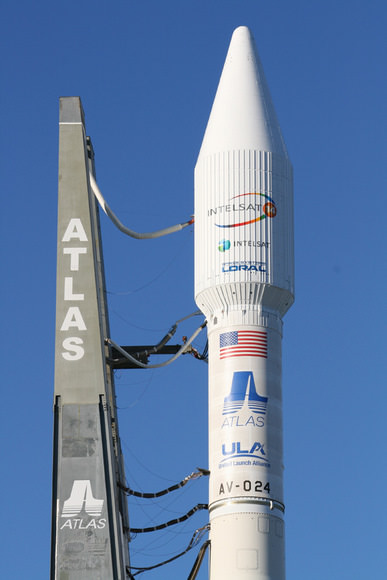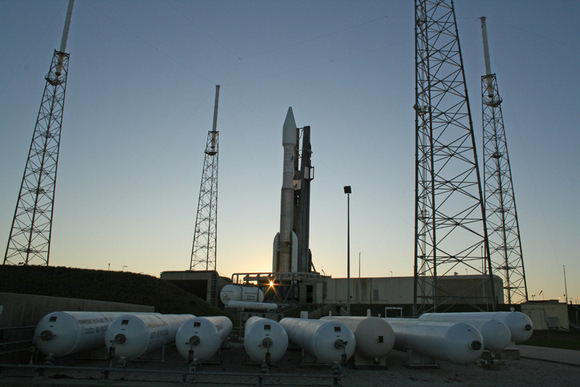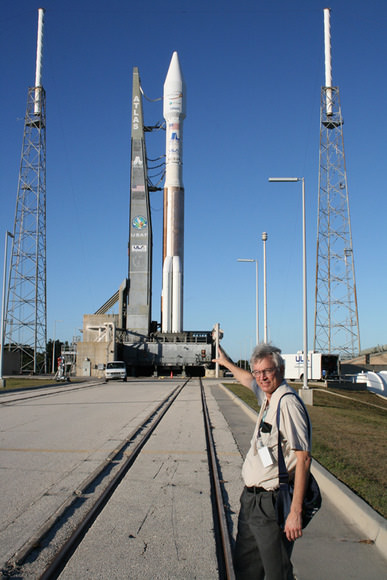An international crew of three astronauts and cosmonauts blasted off Sunday (Dec 20) at 4:52 PM EST in a Russian capsule from the bone chilling Baikonur Cosmodrome in Kazakhstan, bound for the International Space Station (ISS). The crew aboard the Soyuz TMA-17 capsule comprises Russian cosmonaut Oleg Kotov, NASA’s T.J. Creamer, and Soichi Noguchi of the Japan Aerospace Exploration Agency.
[/caption]
Following a two day pursuit they will rendezvous and link up with the ISS at the Zarya module’s nadir port on Tuesday at 5:58 p.m. EST about 220 miles over South America. Then they will officially join the Expedition 22 core crew of two, ISS Commander Jeff Williams (NASA) and flight engineer Max Suraev (Russia) thereby enlarging the orbiting outposts population to five, just one person shy of the full staffing of six.
Williams and Sureav have served as the sole occupants for the last three weeks since the scheduled Dec. 1 departure of the three man Expedition 21 crew. They arrived by Soyuz capsule TMA-16 in October.
Hatches between the ISS and Soyuz will be opened about 90 minutes after the Tuesday docking, which will be carried live on NASA TV. Kotov, Creamer and Noguchi are bringing along holiday goodies just in time to celebrate the arrival of Christmas and begin their 6 month stint in space.
The pre-dawn launch occurred precisely on time at 3:52 a.m. Monday local Kazakh time and was timed to coincide with the moment Earth’s rotation carried the launch pad into the plane of the space station’s orbit. The roaring stream of flames lit up the night sky for earth bound observers for miles around.
With Soyuz Commander Kotov occupying the center seat, the capsule separated from the third stage after the thunderous 9 minute climb to space. “Everyone feels great, no problems”, Kotov reported as the capsule was safely injected into an initial earth orbit. A live internal video feed showed the crew for most of the ride to orbit, working efficiently and in a relaxed manner. Engines will be fired three more times to raise the orbit and maneuver the capsule to match the stations orbit. On Tuesday the engines will be fired for a final time to align the Soyuz for docking.
The Expedition 22 crew of five have a busy agenda ahead filled with spacewalks, shuttle arrivals, relocating equipment, attachment of new modules and ambitious science experiments
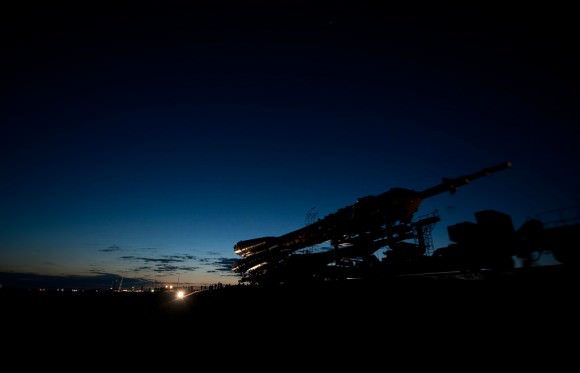
This was the first December lift off for a Soyuz since 1990 and took place in the frigid cold as the earthling observers shivered outside. The crew had been training in Baikonur for the last week and a half to complete final launch preparations.
The launch pad is the very same one used to support the historic launch of Cosmonaut Yuri Gagarin in 1961 on mankind’s first manned space flight. The Soyuz crew capsule has been in use by Russia since 1967.
Creamer is making his first space flight and is a distinguished Army aviator. This is Kotov’s 2nd flight to the ISS where he has already performed two spacewalks. Likewise it’s the 2nd flight for Noguchi, but his first on board a Soyuz. He was previously a member of the Shuttle Return to Flight crew in 2005. Three dozen Japanese journalists were on hand to document the mission, the first by a Japanese aboard a Soyuz.
Before today’s lift-off, Bill Gerstenmaier, NASA Administrator for NASA Associate Administrator for Space Operations previewed the ‘year in space’ to come. “It’s an amazing time in spaceflight. We are bringing the station crew back up to five and learning how to operate with a larger crew size. For the systems to work right that requires a lot of preparation”.
“This will be an amazing year upcoming as I stand here in Kazakhstan with the Soyuz behind me. We have a shuttle almost ready to fly from KSC and this Soyuz set to fly. 2010 will be a busy year. We’ll have as many as 6 Progress, 4 Soyuz and 5 Shuttle flights to the ISS. The shuttle will start the year by bringing up the Tranquility and Cupola modules” (read our previous article for more info).
“We have built a phenomenal research station in space which could only have been assembled by the shuttle. But now it’s time to move beyond the shuttle. After the shuttle retires we will transition to smaller rockets like the Soyuz and the Dragon”.

